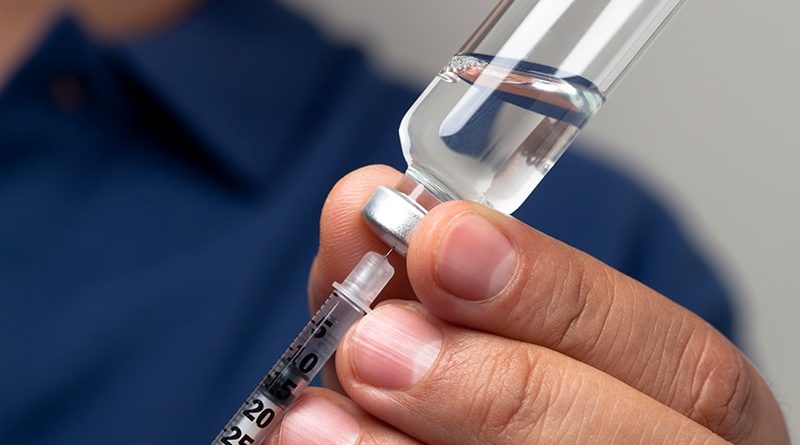Injecting Long-Acting Antiretrovirals Into Clinic Care
Clinics have been coming up with new ways to add injections to their offerings ever since a new long-acting formulation of cabotegravir has been available to treat people with HIV.
At the Whitman-Walker Health Center in Washington, DC, community health workers see about 3200 antiretroviral users a year. With long-acting injections now available, the clinic opted to integrate the new medications into its peer staff program.
Our peer workers are very competent, said Rupa Patel, MD, MPH, director of the Pre-Exposure Prophylaxis for HIV Prevention Program at the University of Washington at St. Louis. “They do phlebotomy, they give you your meds. They’re your main doctor until you really need to see the doctor,” she said.
In the peer staff program, workers are trained in a 4-month medical residency–style program that shows them how to test for HIV, inject long-acting formulations of new drugs, and conduct follow-up visits.
Presenting the new approach at the International AIDS Society (IAS) 2023 Conference on HIV Science conference in Brisbane, Australia, Patel reported that 139 people have received long-acting injections at the clinic since the program launched with a total of 314 injections administered.
The training program includes lectures, mock injection and client care sessions, observation and supervised administration, a written exam, and case review sessions.
Retention for the second injection was 95%, with 91% of injections given within the 14-day window. For the third injection, retention was 91%, with 63% given within the window.
The program reports a high level of client satisfaction with the peer-administered injections, which are also given in a room decorated with a beach theme and music to help calm people who might be nervous of receiving shots.
“Our retention is going to be the highest compared to other clinics because your peer, your friend, is reminding you and comforting you and telling you, ‘Don’t worry, I’m on the injection too,’ ” Patel said.
Andrew Grulich, MD, PhD, head of the HIV Epidemiology and Prevention Program at the Kirby Institute in Sydney, Australia, points out there is tension between wanting to use long-acting injectables for people who are struggling with taking oral therapies daily and the need to ensure that they come back for their injections on time.
“I think it’s a potential way forward ― we’re learning as we’re going with these new forms of therapy,” he told Medscape Medical News. “It is absolutely critical that people turn up on time for those injections, and if they don’t, resistance can be an issue.”
Presenting new data from another project at the HIV Clinic at San Francisco General Hospital, Monica Gandhi, MD, MPH, told the conference, “There are multiple reasons why it’s hard to take oral antiretrovirals every day.”
At the HIV Clinic in San Francisco General, people without homes, those with mental illness, and those using stimulants receive care.
The clinical trials for long-acting injectable antiretrovirals only included people who were virologically suppressed ― which is also the US Food and Drug Administration criteria for use. However, this clinic offered long-acting injections to patients with viremia because it was too difficult for them to take a daily pill.
Speaking to Medscape Medical News, Gandhi, director of the University of California, San Francisco, Center for AIDS Research, said, “We don’t call people hard to reach, we call them hardly reached because it’s not their fault.” There are just all of these issues that have made it harder for them to take medication consistently, she explained.
Gandhi reported that of the 133 people being treated with long-acting injectable cabotegravir and rilpivirine at the clinic through this program, 57 had viremia at baseline.
However, only two of these patients experienced virologic failure while on the injectable antiretroviral program. The overall virological failure rate was 1.5%, which was equivalent to that seen in clinical trials in virologically supressed individuals.
The results presented at the conference and were also published in the Annals of Internal Medicine.
The clinic found that 73% of people attended their injection appointments on time, and those who did not were followed up with telephone calls to ensure they received their injection within the 14-day window.
Gandhi says people were highly motivated to turn up for their injection appointments. “They are virologically suppressed, so it feels so amazing,” she explained. “They’re self-motivated for the first time to want to get an injection.”
International AIDS Society (IAS) 2023 Conference on HIV Science.
Ann Intern Med. Published online July 4, 2023. Abstract
For more news, follow Medscape on Facebook, Twitter, Instagram, and YouTube.
Source: Read Full Article
